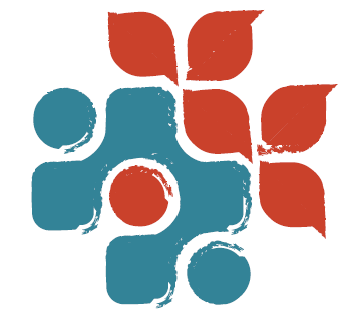Managing arthritic pain with exercise, especially Pilates
I thought about writing this blog while hiking with my sister in Oregon...these are her knees. She was born missing her lateral menisci. Her entire life she has been dealing with a bone on bone situation...not to mention valgus (or knock) knees. Surprisingly enough she had been active her entire life on these knees, with a few hiccups here and there. She was a tennis star in high school, she was a runner into her late 30’s and now she stays active with biking, Pilates and lots of hiking (do you see where she lives, come on!). When I was visiting this summer, we were descending a climb on a hike and I asked if it bothered her knees. She said not really but what bothers her most, is if she doesn’t do anything. Isn’t that amazing...even with these knees.
The arthritis society of Canada defines arthritis as “ a collection of conditions affecting joints and other tissues. It causes pain, restricts mobility and diminishes quality of life”. For more information, visit their website.
Osteoarthritis is the most common type of arthritis and it affects more people than all the other types of arthritis combined. It affects 1 in five people in Canada. It’s not surprising due to those numbers and a great relationship with an Orthopaedic surgeon, that we treat a lot of people suffering with OA at CoreWorks.
There are many factors that are thought to contribute to developing OA, such as age, obesity, gender, occupation, participation in certain sports, history of joint injury or surgery, and genetics. Once symptoms of OA present themselves, one of the best ways to manage them is through exercise. Many people are able to manage their symptoms and put off joint replacement surgery with exercise. When the time does come for a hip or knee replacement, exercise is key is prepping the body to make sure you're as strong as possible before surgery, then once cleared by your doctor, after surgery.
We work closely with Dr. Atrey who's on the St. Mikes orthopaedic team when he refers his patients for a pre op session with our physio, to get a pre hab home exercise program, or if appropriate for them, physio-Pilates classes before and after their surgery. We have one-on-one, and group physio Pilates sessions that are supervised by one of our Registered Physiotherapists. These sessions can be covered by extended health benefits too.
Equipment Pilates is an excellent form of exercise for people with severe Osteoarthritis because a lot of the work we do is partial weight bearing (lying down), and the forces of compression that exist when you are standing are not there. We prepare people for total hip and knee replacements and then after surgery, as a regular exercise program. We can add resistance and load to the exercises as tolerated by each individual. Luckily for my sister she is also a Pilates teacher, so will have lots of access to the equipment when it is time for her to have her knees replaced. At age 50, she is able to manage all her pain with exercise. If she can keep it up, she will hopefully be able to put off her double knee replacement for another decade.
